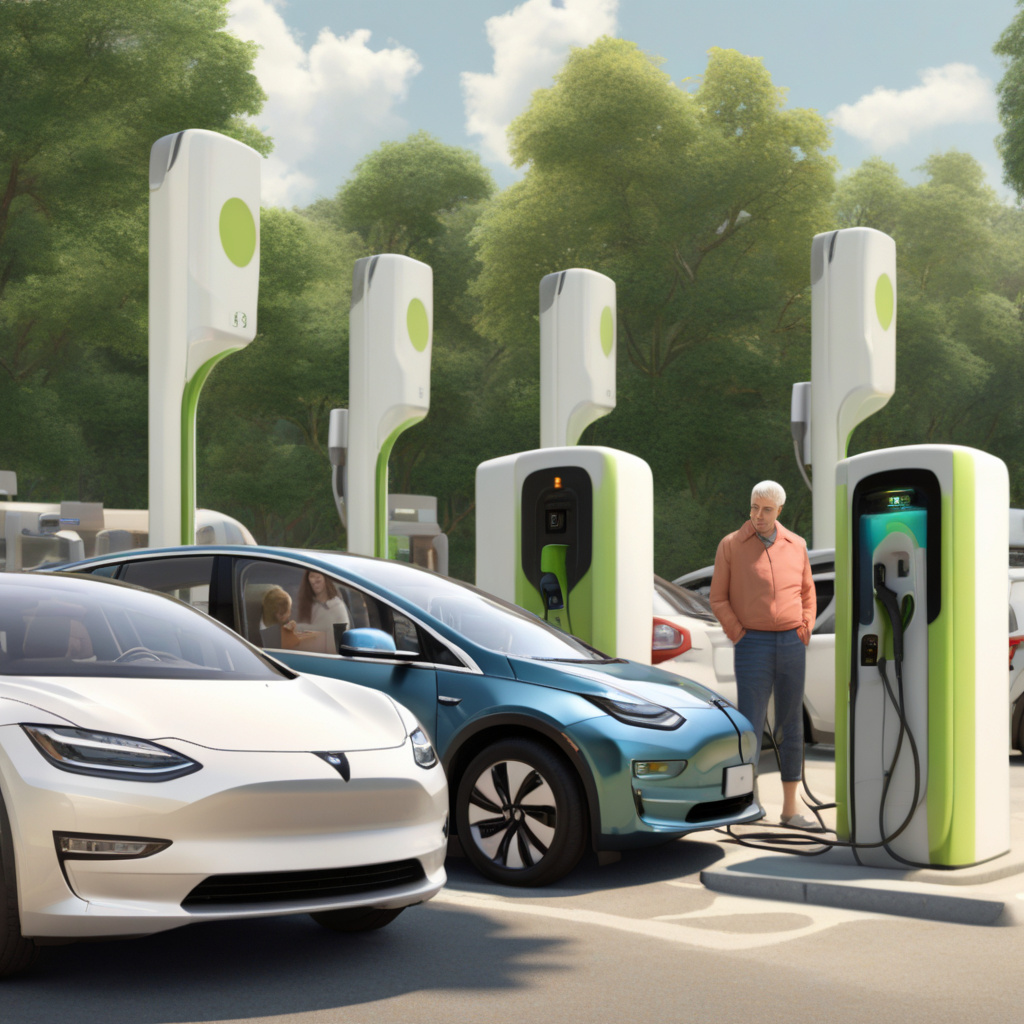The Struggles of EV Drivers: Navigating Public Charging Woes
A recent survey conducted by Tempcover has unveiled a startling statistic that sheds light on the challenges faced by electric vehicle (EV) drivers in the UK. According to the study, a staggering 83% of EV drivers have encountered difficulties with public charging facilities over the past year.
This revelation underscores a significant hurdle in the widespread adoption of electric vehicles—a crucial step towards achieving a more sustainable future. Public charging infrastructure plays a pivotal role in supporting the transition to EVs by providing drivers with convenient and accessible recharging options. However, the high prevalence of issues faced by EV drivers paints a concerning picture of the current state of public charging networks.
The implications of this data are far-reaching, affecting not only individual EV drivers but also the broader goals of reducing carbon emissions and combating climate change. Without reliable and efficient public charging solutions, the viability of electric vehicles as a mainstream transportation option is called into question.
So, what are the specific challenges that EV drivers are grappling with when it comes to public charging? From long waiting times at charging stations to out-of-service units and compatibility issues with different charging networks, the obstacles are varied and impactful. These issues not only inconvenience drivers but also contribute to range anxiety—a significant psychological barrier for many considering the switch to electric vehicles.
Addressing these challenges requires a concerted effort from stakeholders across the EV ecosystem, including government agencies, charging network operators, automakers, and technology providers. By investing in the expansion and improvement of public charging infrastructure, implementing standardized charging protocols, and enhancing user experience through digital solutions, the industry can work towards creating a more seamless and reliable charging experience for EV drivers.
Innovations such as dynamic charging management systems, smart grid integration, and advanced driver assistance features can all play a role in enhancing the efficiency and accessibility of public charging networks. Furthermore, collaboration between different players in the EV space is essential to ensure interoperability and a seamless charging experience for all EV drivers.
As we look towards the future of transportation, it is clear that addressing the challenges faced by EV drivers in accessing public charging facilities is paramount. By overcoming these obstacles and building a robust, user-friendly charging infrastructure, we can pave the way for a cleaner, greener, and more sustainable mobility landscape.
In conclusion, the findings of the Tempcover survey serve as a wake-up call for the industry to prioritize the enhancement of public charging networks and address the needs of EV drivers. Only through concerted efforts and collaboration can we create an EV ecosystem that is truly accessible, reliable, and conducive to the widespread adoption of electric vehicles.
—
Keywords: electric vehicle, EV drivers, public charging, charging infrastructure, sustainability, climate change, range anxiety, charging solutions, interoperability, smart grid integration, transportation, mobility landscape

